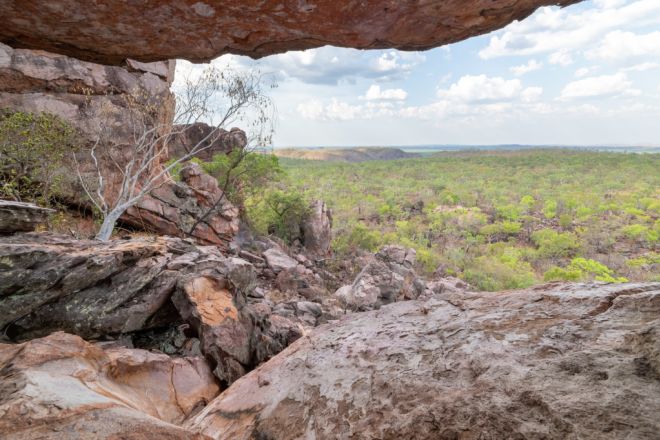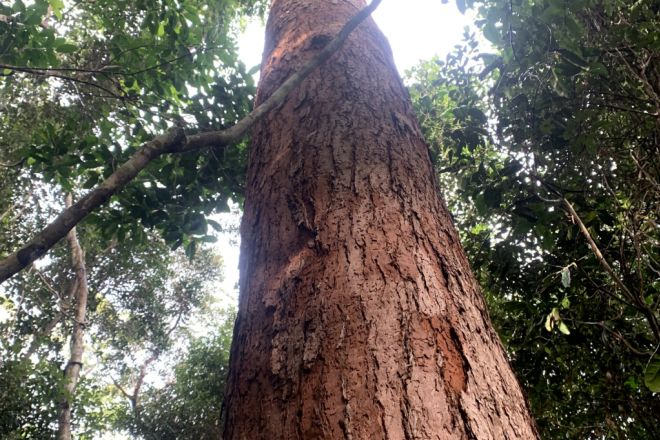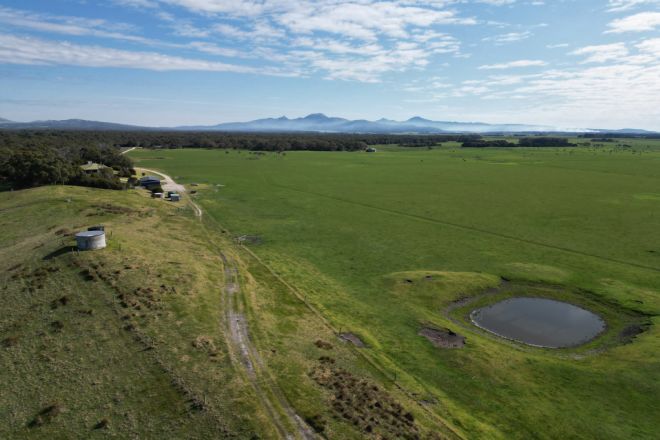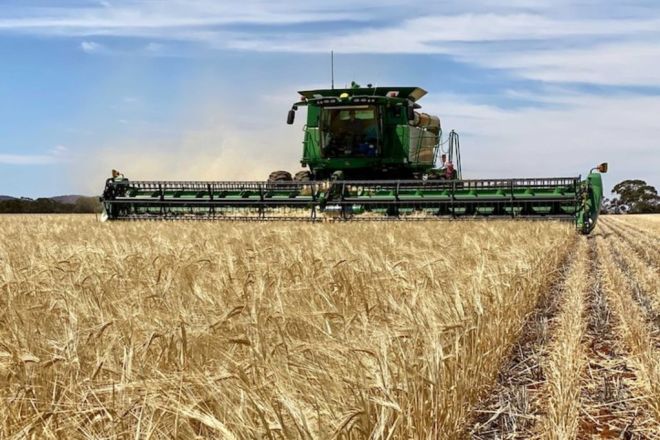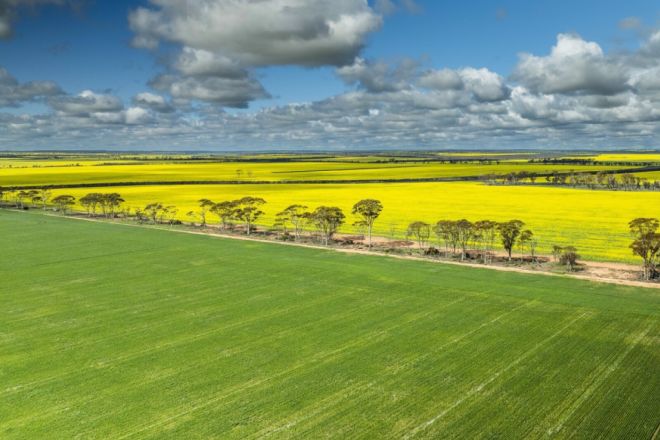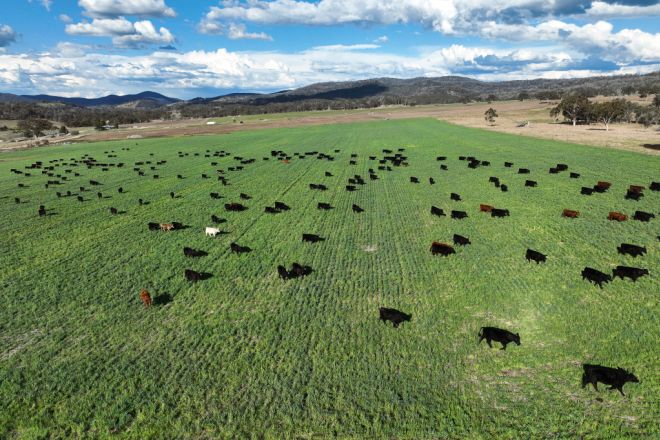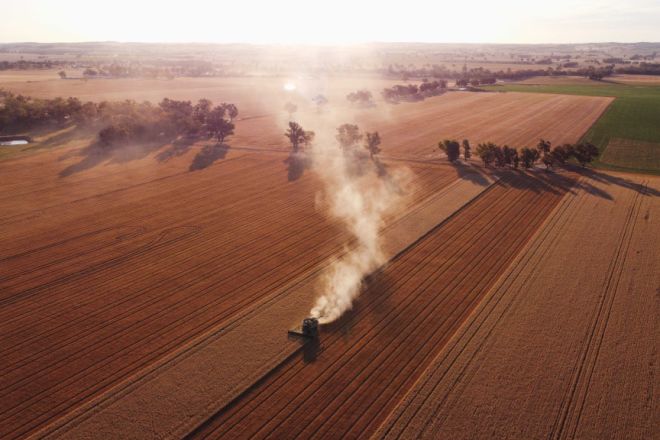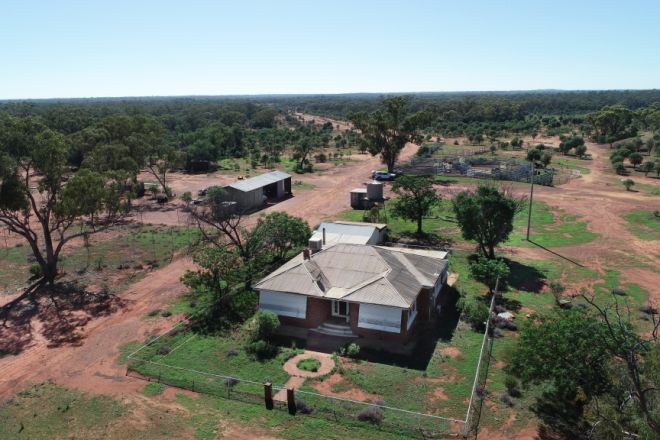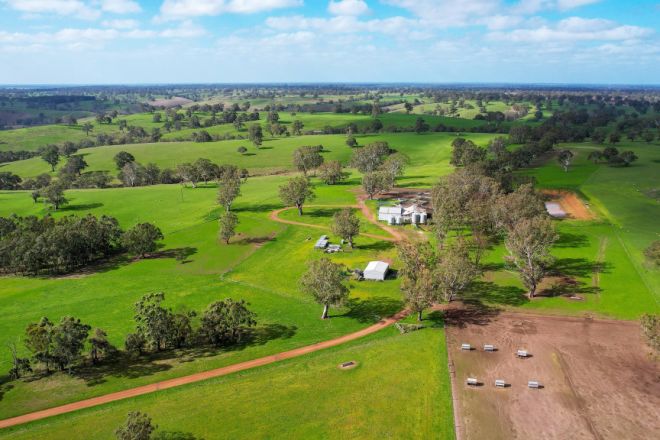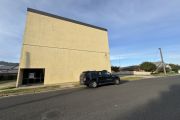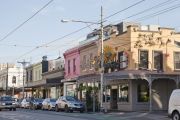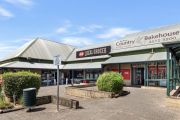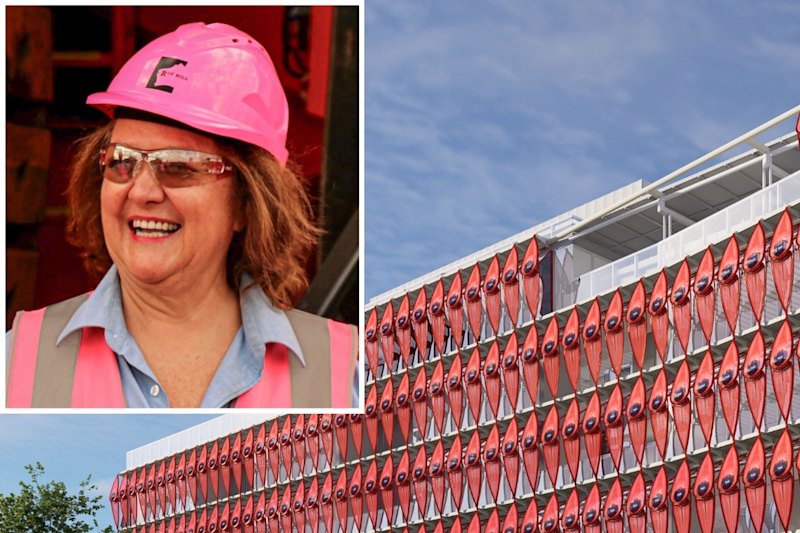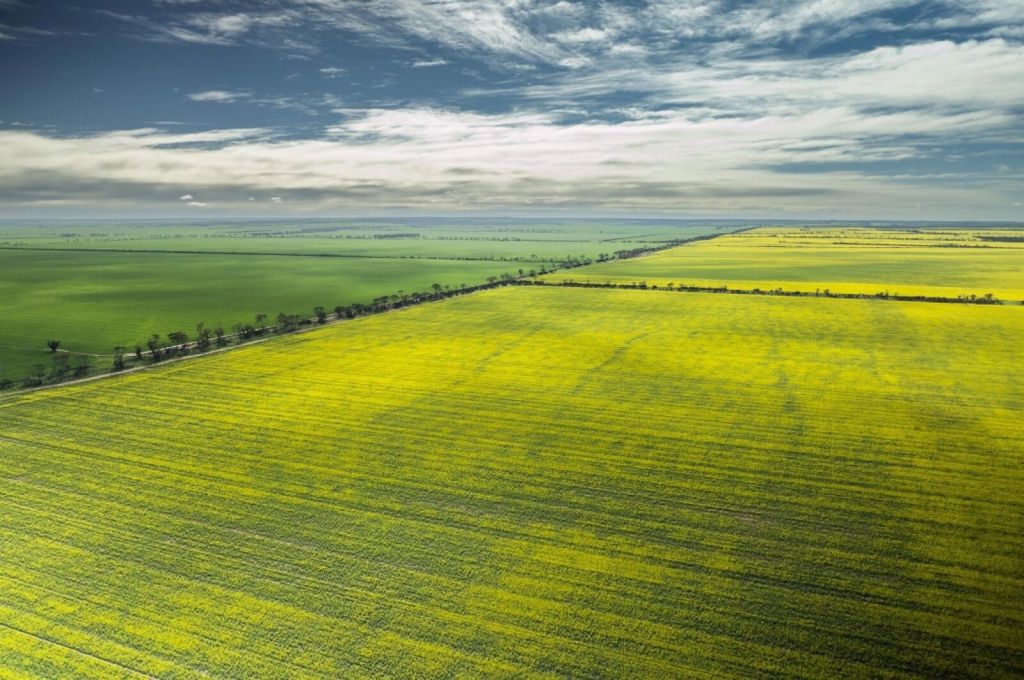
Climate change: 10 Australian farms for sale poised for carbon sequestration projects
Carbon farming and investment in renewable energy is on the rise in an effort to reach Australia’s net-zero carbon emissions target by 2050, granting investors the chance to address climate change while making a profit.
The federal government is spending $63.8 million to reduce greenhouse gas emissions from the agriculture industry over the next decade, and farmers looking for their next agriculture adventure can do their bit through carbon sequestration, carbon offsets, developing solar or wind farms, or possibly even building an eco-resort.
Carbon farming results in a net loss of carbon from the atmosphere, and leads to “less erosion and soil loss, better soil structure and fertility, less soil salinity, healthier soils, vegetation and animals, more biodiversity, buffering against drought, and greater water efficiency”, according to carbon offset advisor Carbon Farmers of Australia.
Here are 10 rural and farming properties for sale across Australia right now, appearing among about 130 properties with the search term “carbon” and offering carbon offset potential.
Whether it’s storing carbon in your soil, planting more native trees and shrubs, or reducing livestock methane, you can join businesses and investors already doing their bit to reduce the amount of carbon in the atmosphere.
Northern Territory
Adelaide River
Sitting in the outback some 110 kilometres south of Darwin, this cattle and tourism opportunity spans a collective 35,766 hectares of land, known as Silkwood. Its multiple titles include the Adelaide River Downs, Spitfire Creek and The Grand Plateau, offering a diverse range of potential earnings. “The aggregation is particularly appealing to industries such as tourism, pastoral, agriculture, carbon offset initiatives, conservation, subdivision and various development opportunities,” the listing reads. The expansive landholding of Adelaide River Downs, in particular, can potentially facilitate viable projects such as carbon farming and biofuel initiatives, while The Grand Plateau is “spectacularly positioned” for a luxury eco-resort. The land can be bought as separate parcels or one aggregation.
Queensland
Cooktown
Have you ever dreamed of owning a rainforest? Rich in biodiversity with open coastal forest and creeks aplenty, this landholding on Far North Queensland’s Cape York Peninsula is one opportunity not to be missed. Covering 3965 hectares about 45 kilometres north-west of Cooktown, this parcel of “pristine, untouched wilderness” near the Great Barrier Reef and Daintree Rainforest offers “an opportunity to purchase and preserve some of nature’s untouched beauty whilst having the potential to gain carbon, biodiversity and reef credits”, according to agents JLL. Here, you could try your hand at eco-tourism along with developing primary production.
Normanton
At 225,800 hectares, this “beef-breeding powerhouse” on the Gulf of Carpentaria is not for the faint of heart. It’s a picturesque aggregation of two outback coastal Normanton properties, the 140,300-hectare Mutton Hole and 85,500-hectare Oakland Park. Key investment highlights include registration with carbon sequestration projects, with “conditional approval to generate carbon credits”. There are many carbon-offsetting opportunities at this large-scale cattle breeding and backgrounding operation. It has secure access to water – with 140 dams, sub-artesian groundwater bores and further natural water resources – and significant fencing investment, networks of paddocks, and accommodation.
Tasmania
Flinders Island
Flinders Island is “renowned for producing exceptionally high-quality cattle”, this listing says, and this investment could secure you more than 10 per cent of the wild and rugged island’s arable areas. Offered up as Flinders Island Farms, the 4626-hectare parcel of three properties is one of the island’s largest freeholdings, and operates as a large-scale black angus cattle breeding farm. Potential additional income streams include options for carbon abatement and biodiversity offsets,” the listing reads. Flinders Island is one of 52 islands dotted through the Bass Strait, north of Tasmania, and is considered a highly reliable and productive agricultural island with access to a number of markets.
Western Australia
Allanooka
If you’re looking to roll up your sleeves and get to work on beautiful green pastures 25 minutes from Dongara or Geraldton in Western Australia, consider this mixed-farming investment opportunity in the highly coveted Allanooka Springs area. There are 330 hectares up for grabs, with wind farms, carbon capture potential and a Water Corporation licence. Green Lane’s features include “cropping, livestock, water licence access, bores, mining for sand and gravel, wind farm and carbon capture income potential and access to sealed roads,” the agents say. The area’s average yearly rainfall is 443 millimetres, higher than Australia’s average of 419 millimetres, according to the Bureau of Meteorology.
Bodallin
Bodallin is “uniquely positioned to leverage the growing interest in Western Australian carbon farming”, the listing says. If you’re interested in cropping and livestock production while investing in the future of the planet, snap up this prime wheatbelt land in the state’s central west. It covers 37,553 hectares, with an arable 32,568 hectares. Switch it up from month-to-month with the dramatic, bright landscape flitting between production of wheat, canola and barley. “The large landholding provides an opportunity for contiguous, at-scale land packages suitable for carbon development and renewable energy to operate side-by-side with current farming operations,” the agents says. Vendors have previously explored a tree carbon project at scale, which found around 70 per cent of the assessed land was deemed suitable for tree carbon planting to generate Australian Carbon Credit Units.
New South Wales
Deepwater
Touted as “outstanding grazing opportunity with carbon potential”, this Deepwater property, some 340 kilometres southwest of Brisbane, in NSW’s New England pocket spreads across 3537 hectares. It has benefited from an extensive capital investment program to convert native pastures to cultivated land with water infrastructure and fencing improvements. The Echo aggregate has “an exciting carbon program established” amid beef cattle and dryland cropping operations, with seven contiguous properties across 30 titles. According to the listing, the project’s soil carbon baseline is complete, “leveraging ideal climate and soil types well-suited to both soil carbon and environmental plantings”. Move straight into the river-fronted homestead.
Eurongilly
This blue-ribbon mixed farming opportunity has a 25-year carbon credit project in place, with around 27,000 trees recently planted on non-arable portions of the 2029-hectare property. Located in the tightly held Eurongilly Valley in the South Western Slopes of NSW, this investment includes two contiguous properties known as Coreena (1782 hectares) and Binya (247 hectares) over 51 titles. The fertile land has been used to graze sheep and grow crops including cereals, oilseeds and legumes, thanks to favourable climate conditions. There’s a five-bedroom homestead, where you’re sure to sleep well knowing 95 per cent of your investment is arable land (1929 hectares). You’re all set up to hit the ground running with a newly constructed machinery shed/workshop, a stable complex with rail yard and dressage arena, plus rural infrastructure such as shedding and grain storage, a shearing shed, modern undercover yards and feeding pens.
Cobar
Known as Karoo, this property in Cobar, western NSW, is a unique agricultural investment in primary production – sheep, cattle and goat grazing – with future carbon earnings potential. “A carbon development agreement has been undertaken with an initial assessment resulting in strong opportunity for a carbon sequestration program subject to new methodology yet to be released,” the listing reads. “The early stage of the project offers purchasers the option to continue the agreement with GreenCollar or withdraw from the project.” With more than 14,500 hectares of diverse farming options, the soil fluctuates from grey clays to red sandy loams and stony granite outcrops, with 12 dams. The farm sits 73 kilometres north-west of Cobar and has a four-bedroom homestead.
Victoria
Chetwynd
This beautiful parcel of land in Chetwynd, near the Ganoo Ganoo Bushland Reserve in Victoria’s Western District, is “ideally suited to a range of agricultural endeavours including prime lamb, wool, cattle, forestry and/or carbon pursuits”, the agents say. The Chetwynd South Aggregation includes the “quality production” of prime lamb, wool and cattle spread over a collective 1523 hectares. The aggregate includes Chetwynd South (984 hectares), Bronton (386 hectares) and 15 Woodacres Road (153 hectares). It can be bought as a whole or as three non-contingent assets. It also boasts an abundance of water supply, with extensive frontage to the Chetwynd River, plus quality accommodation, updated pastures and farming infrastructure.
